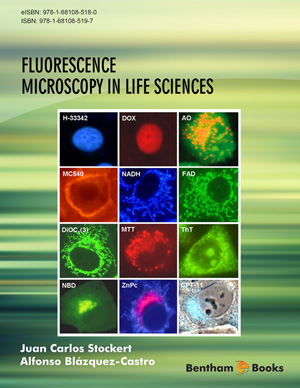Abstract
SHS investigation development is considered from the geographical and historical viewpoint. 3 stages are described. Within Stage 1 the work was carried out in the Department of the Institute of Chemical Physics in Chernogolovka where the scientific discovery had been made. At Stage 2 the interest to SHS arose in different cities and towns of the former USSR. Within Stage 3 SHS entered the international scene. Now SHS processes and products are being studied in more than 50 countries.
Abstract
At present, several histochemical methods for proteins using fluorescent dyes and reagents are available. Some of them utilize simple fluorochromes, whereas others involve preferential fluorogenic reactions with amino acids. Ionic, hydrophobic, and covalent interactions occur between protein groups and fluorochromes. In addition to these classical demonstrations of proteins, more selective methods such as immunofluorescence and detection of enzymatic activity are now widely used in microscopical studies. Also other macromolecules such as nucleic acids, polysaccharides, etc., can be visualized by these methods. Detection of macromolecules is also possible with haptens (i.e. dinitrophenol, biotin, digoxigenin) that are recognizable by suitable ligands (antibodies, streptavidin), or using labeled lectins, toxins, oligonucleotides, etc. (see Chapter 4). Fluorescent reactions for enzymatic activity and immunofluorescence are described in Chapters 14 and 17.
Keywords:
Amino groups, Amyloid deposits, Aromatic amino acids, Carboxyl groups, Catecholamines, Dansyl chloride, Fast blue B, Fast red TR, Furanones, Indolamines, Isatin, Isoelectric point, Mercury orange, NBD, Phenanthrenequinone, Sulfhydryls.
Recommended Chapters
We recommend

Authors:Bentham Science Books






